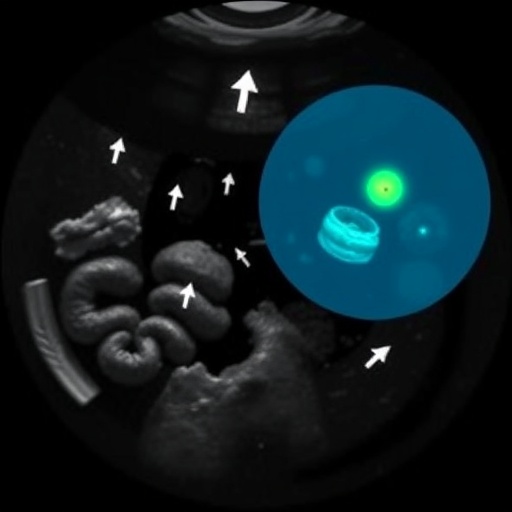Women affected by premenstrual disorders have a higher risk of perinatal depression compared with those who do not, according to research published March 28th in the open access journal PLOS Medicine. The relationship works both ways: those with perinatal depression are also more likely to develop premenstrual disorders after pregnancy and childbirth. This study suggests that a common mechanism might contribute to the two conditions.

Credit: Jenna Norman, Unsplash (CC0, https://creativecommons.org/publicdomain/zero/1.0/)
Women affected by premenstrual disorders have a higher risk of perinatal depression compared with those who do not, according to research published March 28th in the open access journal PLOS Medicine. The relationship works both ways: those with perinatal depression are also more likely to develop premenstrual disorders after pregnancy and childbirth. This study suggests that a common mechanism might contribute to the two conditions.
Menstruating women experience cyclical hormone fluctuations through puberty, menstrual cycle, pregnancy and menopause. Some women have difficult to manage symptoms of low mood and depression during these fluctuations. Between a fifth and a third of women are reportedly affected by premenstrual disorders and 11% of mothers suffer perinatal depression — depressive symptoms during pregnancy and up to 12 months after delivery.
Qian Yang and colleagues at the Karolinska Institutet, Sweden and University of Iceland used the Swedish nationwide registers from 2001 to 2018 and identified 84,949 women with perinatal depression and 849,482 unaffected women. The researchers matched the women on age and calendar year, and further controlled for demographic factors, smoking, BMI, parity and history of psychiatric disorders. Among women with perinatal depression, almost 3% had premenstrual disorders before pregnancy compared with 0.6% of matched unaffected women. Women with perinatal depression were also twice as likely to report premenstrual disorders when the menstruation resumed after childbirth, compared to those unaffected by perinatal depression.
The research sheds light on the association between the two conditions and supports a theory that they may share underlying biological mechanisms and/or risk factors. Understanding this association could help healthcare providers to better target support to women most likely to be affected.
The authors add, “This study reveals a strong bidirectional relationship between perinatal depression and premenstrual disorders, using data from over 900,000 pregnancies. The findings suggest that both disorders may exist on a continuum, and emphasize the importance of recognizing these susceptibilities in clinical practice.”
#####
In your coverage, please use this URL to provide access to the freely available paper in PLOS Medicine: http://journals.plos.org/plosmedicine/article?id=10.1371/journal.pmed.1004363
Citation: Yang Q, Bränn E, Bertone- Johnson ER, Sjölander A, Fang F, Oberg AS, et al. (2024) The bidirectional association between premenstrual disorders and perinatal depression: A nationwide register-based study from Sweden. PLoS Med 21(3): e1004363. https://doi.org/10.1371/journal.pmed.1004363
Author Countries: Sweden, United States, Iceland
Funding: The work was supported by the Chinese Scholarship Council (No. 201700260289 to QY), the Swedish Research Council for Health, Working Life and Welfare (FORTE) (No. 2020-00971 and 2023-00399 to DL), the Swedish Research Council (Vetenskapsrådet) (No. 2020-01003 to DL), Karolinska Institutet Strategic Research Area in Epidemiology and Biostatistics (grant to DL), Karolinska Institutet SFOepi Junior Scholar Grant (to DL) and the Icelandic Research Fund (No. 218274-051 to UAV). The funders had no role in study design, data collection and analysis, preparation of the manuscript or decision to publish.
Journal
PLoS Medicine
DOI
10.1371/journal.pmed.1004363
Method of Research
Observational study
Subject of Research
People
COI Statement
Competing interests: The authors have declared that no competing interests exist.




